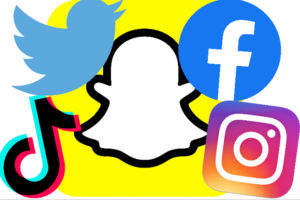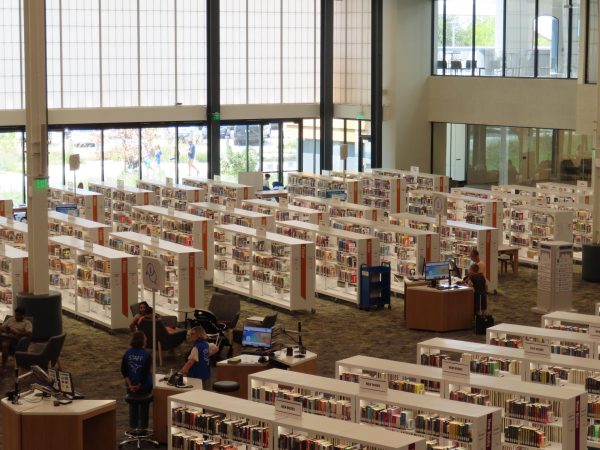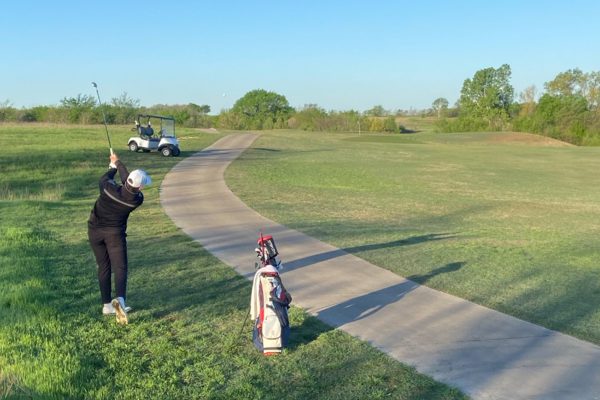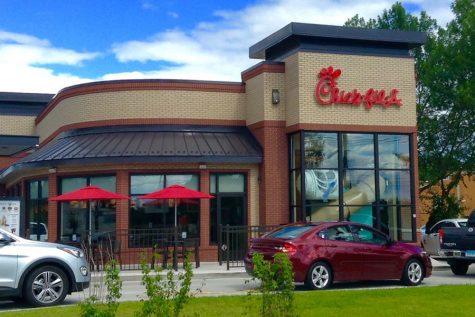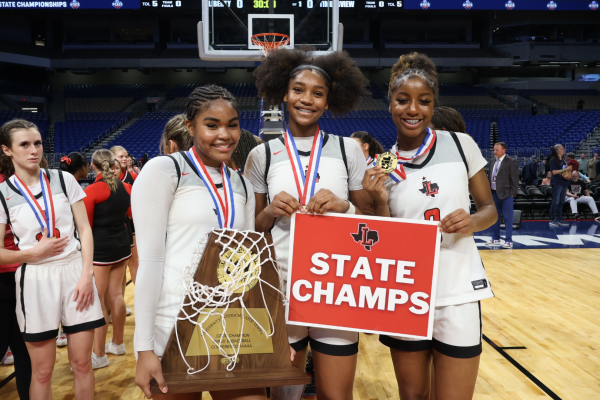Social Media
March 7, 2023
Unique to the 21st century is the prevalence of social media in our day-to-day lives. Whether it’s to share life updates or noteworthy news articles, anyone with WiFi and a device can access social media. Social media has revolutionized how we interact, so much so that more than half of the world uses social media.
The most common use of social media is to stay connected with family and friends worldwide. A Pew Research study found that social media better connects teens to their friend’s feelings and lives. This connection is essential as friendship is an incredibly important factor for a teenager’s mental health and development. These connections, whether virtual or not, can lower rates of anxiety and increase self-esteem, happiness, and feelings of empathy.
Social media platforms can also be powerful tools that can catalyze social change. Especially recently, platforms like Twitter, Instagram, Facebook, TikTok, and YouTube have become essential to raising awareness and uplifting minority voices.
During the COVID-19 pandemic, millions were able to participate in the Black Lives Matter movement thanks to social media. It allowed people to associate themselves with like-minded people to call out injustice, voice their opinions to elected officials, and convey powerful messages without being held back by the barriers of the pandemic.
It was also thanks to social media that millions of teenagers and young adults educated themselves on political and social issues. By reposting and sharing educational posts, videos, and tweets, important national and global issues were highlighted.
In addition to being a powerful tool for advocacy, it is a powerful, efficient networking tool. These platforms can help people gain access to useful information, such as job listings, resumes, and potential employers. Platforms like LinkedIn make it incredibly convenient for those seeking work to stay up-to-date and market themselves in the job market.
Furthermore, said platforms, especially YouTube, can be a great resource for online learning. Students often use channels like Crash Course and Heimler’s History to prepare and review for tests. Educational content is not limited to students but can also be used by people of all ages to explore new skills and content.
As with anything, there are downsides to social media, but when used correctly, social media can be great platforms for communication, advocacy, and community engagement.



